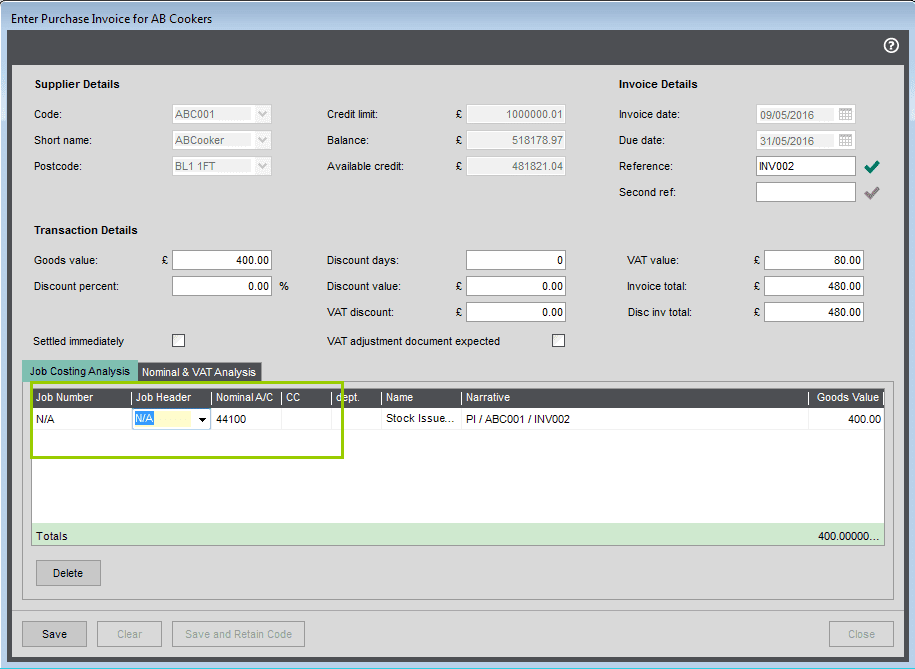
For S Corps, understanding applicable tax rates and available deductions is crucial. While the corporation itself does not pay taxes on its income, shareholders must consider how the pass-through income affects their personal tax situation. This includes understanding which expenses are deductible at the corporate level and how these deductions impact the corporation’s and its shareholders’ overall tax liability. Properly navigating these rates and deductions is key to maximizing the tax double entry definition benefits of S Corp status.
How do I elect S corp tax status?
Schedule B, “Other Information,” will ask you a series of yes or no questions about your business’ accounting methods, the types of stock it owns, gross receipts, and a bunch of other stuff. If you’re electing S corp status as a C corporation, you must submit Form 2553, Election by a Small Business Corporation to the IRS, signed by all of your company’s shareholders. An S corporation should report expenses paid this year with proceeds from PPP loans that were forgiven this year in column (d) on line 5 of the Schedule M-2. On the first day of the corporation’s first tax year as an S corporation, the balance of the AAA is zero. At the end of the tax year, adjust the AAA for the items as journal entries examples explained below and in the order listed.
If the S corporation was a C corporation for any of the 3 immediately preceding years, the corporation may be required to adjust items such as deductions for depletion of iron ore and coal, and the amortizable basis of pollution control facilities. If this applies, see section 291 to figure the adjustment. Report only trade or business activity deductions on lines 7 through 20. If the tax year of the S corporation doesn’t coincide with the tax year of the partnership, estate, or trust, include the ordinary what are billable hours time tracking tips to get you paid income (loss) from the other entity in the tax year in which the other entity’s tax year ends. Treat shares of other items separately reported on Schedule K-1 issued by the other entity as if the items were realized or incurred by this corporation.

About Form 1120-S, U.S. Income Tax Return for an S Corporation
The S corporation must first make this determination and then only include the pro rata share of QBI information for rental real estate that constitutes a trade or business on the statement provided to shareholders. Rental real estate that doesn’t meet any of the three conditions noted above doesn’t constitute a trade or business for purposes of the QBI deduction and must not be included in the QBI information provided to shareholders. This means profits and losses from the corporation are reported on the tax returns of individual shareholders. The shareholders are also responsible for paying the tax, rather than the corporation. The S corporation still must file an informational income tax return each year. These forms relate to the various other taxes it withholds from the wages it pays to employees.
This information must include the following from each Form 6252 where the shareholder’s pro rata share of the selling price, including mortgages and other debts, is greater than $150,000. If a shareholder’s ownership interest in a building decreased because of a transaction at the shareholder level, the corporation must provide the necessary information to the shareholder to enable the shareholder to figure the recapture. Investment expenses are deductible expenses (other than interest) directly connected with the production of investment income.
Prepare information return Form 1120-S
- If the S corporation holds a direct or indirect interest in an RPE that aggregates multiple trades or businesses, the S corporation must also include a copy of the RPE’s aggregations with each shareholder’s Schedule K-1.
- Report deductible nonbusiness bad debts as a short-term capital loss on Form 8949, Sales and Other Dispositions of Capital Assets.
- Enter the net income (loss) from rental real estate activities of the corporation from Form 8825.
- If the corporation knows of one of these broad issues, please report it to TAS through the Systemic Advocacy Management System at IRS.gov/SAMS.
- However, if the corporation pays the entire tax on time, the IRS allows it to file as late as February 10.
- Certain contributions made to an organization conducting lobbying activities aren’t deductible.
With TurboTax Live Business, get unlimited expert help while you do your taxes, or let a tax expert file completely for you, start to finish. Get direct access to small business tax experts who are up to date with the latest federal, state and local taxes. Small business owners get access to unlimited, year-round advice and answers at no extra cost, maximize credits and deductions, and a 100% Accurate, Expert Approved guarantee.
If there is a beginning balance for the 2023 tax year, no adjustments are made to the account except to reduce the account for distributions made under section 1375(d) (as in effect before the enactment of the Subchapter S Revision Act of 1982). See Distributions, later, for the order of distributions from the account. The accumulated adjustments account (AAA) is an account of the S corporation that generally reflects the accumulated undistributed net income of the corporation for the corporation’s post-1982 years. An S corporation without AE&P doesn’t need to maintain the AAA in order to determine the tax effect of distributions. Therefore, it is recommended that the AAA be maintained by all S corporations. If the S election terminated during the tax year and the corporation reverted to a C corporation, the year-end balance sheet should generally agree with the books and records at the end of the C short year.
The acknowledgment must be obtained by the due date (including extensions) of the corporation’s return, or, if earlier, the date the return is filed. Don’t attach the acknowledgment to the tax return, but keep it with the corporation’s records. These rules apply in addition to the filing requirements for Form 8283, Noncash Charitable Contributions, described under Contributions of property , later. Subject to limitations and restrictions discussed below, a corporation can deduct ordinary and necessary travel and meal expenses paid or incurred in its trade or business.